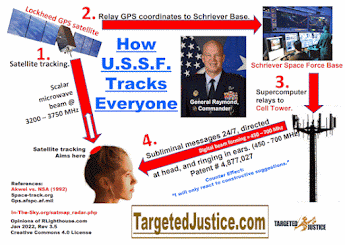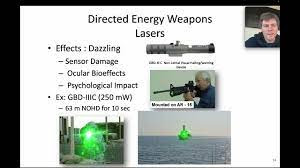Patent No. 3762396 Method and apparatus for inducing sleep by applying electrical pulses to plural portions of the head
Patent No. 3762396
Method and apparatus for inducing sleep by applying electrical pulses to plural portions of the head (Ballentine, et al., Oct 2, 1973)
Abstract
A method and apparatus for inducing sleep, treating psychosomatic disorders, and aiding the induction of hypnosis in a patient is disclosed in which electric current pulses are passed through the brainstem via electrodes attached to the back of the head and forehead. The electric current pulses have a frequency of 8 to 10 cycles per second. A second stimulus of electric current pulses having a frequency of four times the first stimulus is passed through the optic nerve via electrodes attached to the temples and forehead. A third auditory stimulus produced by the first electrical stimulus is applied to the ears via sound attenuating chambers in order to acoustically isolate the patient from a noisy environment. The three stimuli are preferably synchronized with each other. A novel electrode is disclosed which is attached to the back of the head protuberance where the hair would normally electrically insulate the electrode from the scalp. Means for filling the hair between the scalp and the electrode with a viscous hygroscopic electrolyte is described.
Notes
The application of these sensory
stimuli to the head of a patient will induce a sleep-like state or sleep but
the best results were obtained when the patient was mentally tired. (Tiredness
is known to suppress mesencephalic activation which induces wakefulness.) Thus,
a first purpose of the concurrent alpha drive stimulus is the deactivation of
the mesencephalon, providing a performance which is independent of previous
cerebration activity.
Hypnosis can be induced any time after a state of relaxation is obtained by
suggestive verbalization if concurrent with the stimuli from the start.
The sleep-like state is defined by many physical changes from the normal state
which include: reduced blood pressure, lower pulse rate, flaccid muscles, EEG
patterns, etc., and these changes are a maximum when normal sleep is attained.
The genesis of REM sleep is controlled by a clock in the pontine reticular formation
but its cyclic activity must be preceded by the slow sleep-like state which
is a prerequisite for its activation. REM sleep normally follows slow sleep
provided that the excretion of noradrenalin from the locus coeruleus region
is not blocked by hypnotoxins derived from REM deprivation process. In any case,
the alpha drive stimulus will activate the caudal pontine reticular formation
thereby inducing the REM state and hypothetically dissipating the hypnotoxins
subsequently.
Men of medicine know that the majority of illnesses, whether they be physical
or emotional, have their dominant anxiety components. Tensions and anxieties
are normally relieved in the one-fifth of total sleep which constitutes the
REM state but the sleep patterns of the emotionally ill are significantly affected
with the result that a considerable portion of the anxiety relieving states
are excluded. By artificially inducing the REM state and by reinstating normal
sleep patterns and relieving tension provoking stress, a cure of emotional and
psychosomatic disorders are effected.
This invention provides the most effective method and apparatus for inducing
the REM state by finding experimentally a unique set of stimuli in combination
whose characteristics individually give optimum performance of the functions
of each facet involved in the activation of sleep and the REM state.
The invention is not limited to the embodiments described above but all changes
and modifications thereof not constituting departures from the spirit and scope
of the invention are inteded to be included.





Comments